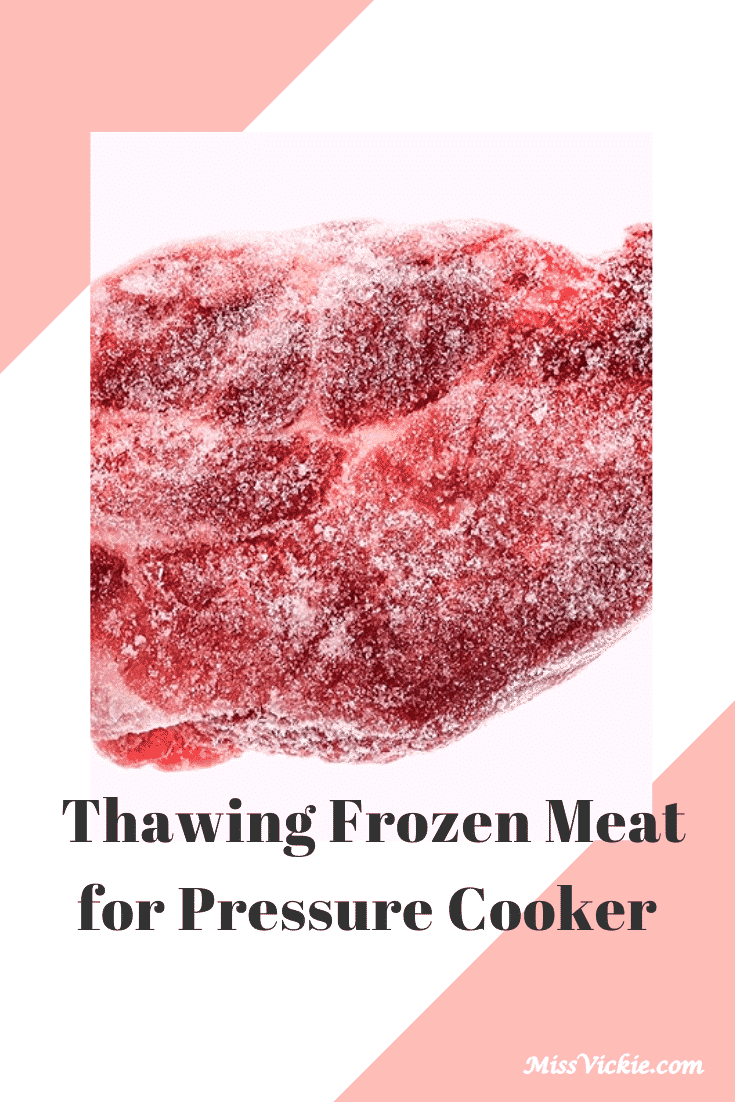
When you are trying to prepare dinner quickly, thawing your frozen meat can seem like a time-consuming process.
However, you should never attempt to hasten the thawing process especially with perishable food items such as meat if you want to avoid eating food that will make you sick.
Thawing Frozen Meat
As soon as raw or cooked meat and poultry begin to thaw and start to become warmer than 40°F, the bacteria that were made inactive by the freezing process will be re-activated and may start to multiply.
According to the USDA, the “danger zone” for meat products is between 40- and 140-degrees Fahrenheit. There are certain things that you have to keep in mind if you are to thaw meat properly.
How to thaw frozen meat correctly
There are right and wrong ways of thawing meat. Thawing is primarily reserved for meat products as most vegetables can be cooked directly from frozen without undergoing the thawing process.
In fact, thawing vegetables will give a soggy result. Essentially, there are only 3 acceptable methods of thawing meat:
1. Refrigerator Thawing
Refrigerator thawing is by far the most common and safest method for thawing meat conveniently at home but it requires plenty of organization and planning because it takes longer than the other methods.
To thaw meat in your refrigerator, you have to remove it from the freezer ahead of time and place it in the fridge where it will sit overnight, thawing out slowly to be ready for cooking the next day.
When meat thaws out in this manner, it will defrost evenly, leaving you with a uniform taste and good texture once the meat is finally cooked.
After the meat has thawed in the fridge, it will remain safe for consumption for a day or two before cooking.
Food that has been thawed in the fridge can be re-frozen again but it may not be as high quality as before. The texture often suffers as a result.
2. Coldwater Thawing
Coldwater thawing will take a much shorter time compared to fridge thawing but it will also require your attention.
For food to be thawed properly using this technique, it must be stored in a leak-proof bag or package to avoid bacteria from the surroundings from being introduced to the food and to prevent the water from leaching the flavor out.
If cold water gets into the packaging, the meat might absorb a small amount, which will result in a watery texture.
To thaw using the cold-water method, submerge a leak-proof bag containing the meat in cold water. Your kitchen sink or a basin works well for this.
Ensure that you change the water every 30 minutes or so, in order for your meat can continue to thaw slowly.
Smaller bags of meat will thaw quickly in an hour or less while larger packages may take closer to 3 or 4 hours before being fully thawed.
Any food that has been thawed using the cold-water method should be cooked first before it is re-frozen. Do not attempt to thaw the food in hot water.
This may raise the outside of the meat above 40 degrees Fahrenheit, making it unsafe and prone to bacterial growth. Hot water also causes uneven defrosting and partially cooked meat on the outside.
3. Microwave Thawing
Food that has been thawed in a microwave should be cooked immediately after thawing because some parts of the food may become warmer than others and will start cooking during the process.
You should only use your microwave for thawing as a last resort as it may lead to unevenly cooked meat. You should always use the defrost setting on your microwave if the option is there to prevent the meat from cooking unevenly.
Turn the meat regularly while it is defrosting to prevent uneven heat patches. Never attempt to thaw out food in your microwave if it has been stored in a plastic bag.
Always remove the food contents from the bag first and place it on a clean surface such as a glass plate before proceeding to defrost.
Plastic and Styrofoam are not heat resistant at high temperatures and may begin to warp or melt, causing dangerous chemicals to leach into the food.
To avoid food from defrosting unevenly in the microwave, check on it after every 45 seconds or so and cook it immediately once the defrosting is complete.
Conclusion
While it is better to defrost large pieces of meat before pressure cooking them, it is possible to pressure cook smaller pieces of meat and poultry.
To pressure cook big cuts like whole chickens or roasts will take up to a third more cooking time and the final result won’t taste great.
Pressure cookers cook from the outside in and the fast-thawing exterior of meat will be overcooked and mushy long before the interior cooks.
This increases the possibility of the interior temperature never being high enough to kill all the bacteria. Defrosted meat can be browned first, which improves the taste of the finished dish hugely.
This is not possible with frozen meat. So, we conclude that the best way is to plan ahead and thaw the frozen meat before pressure cooking.
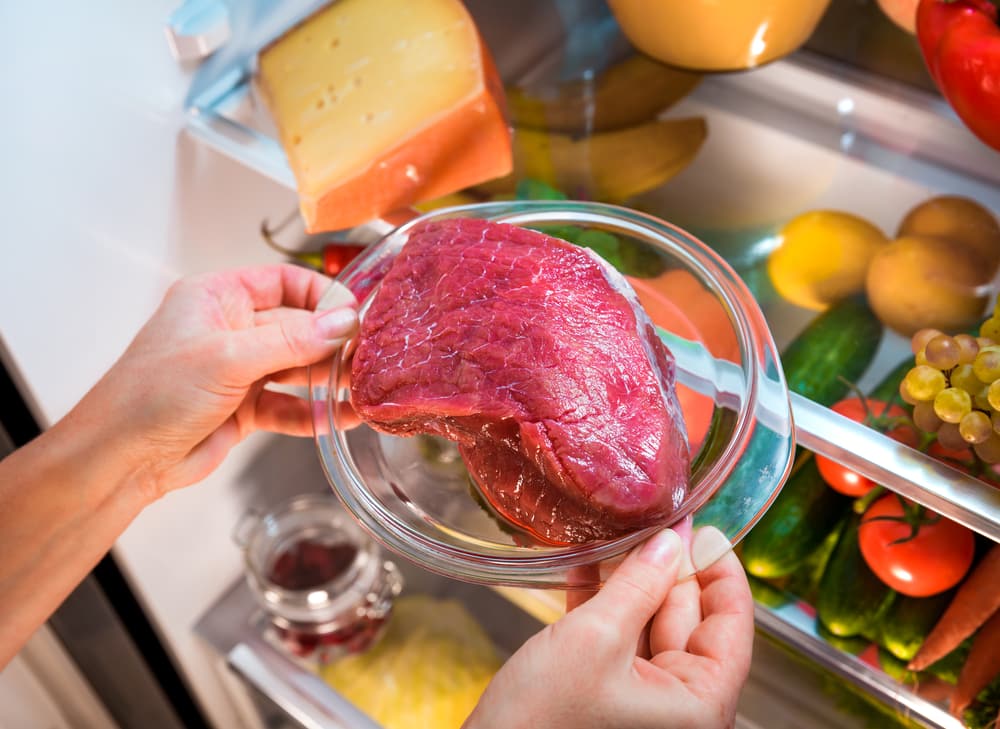
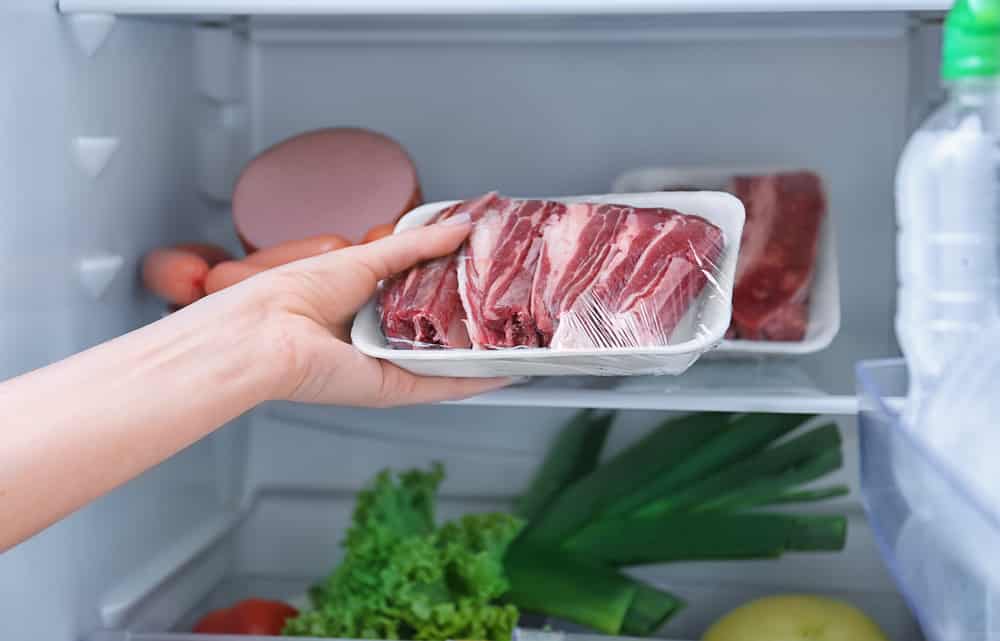
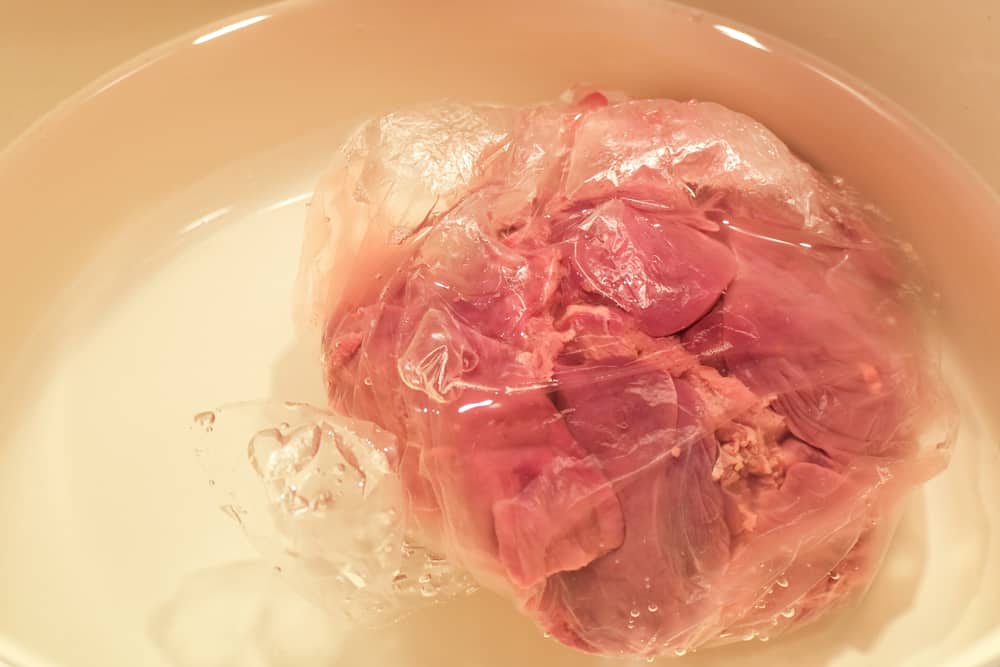
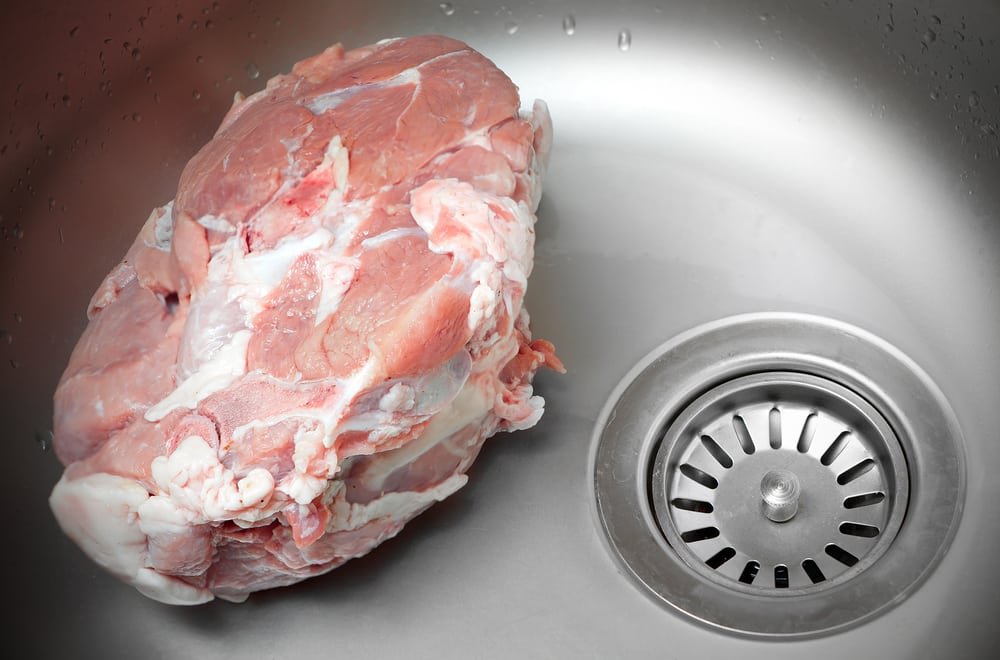
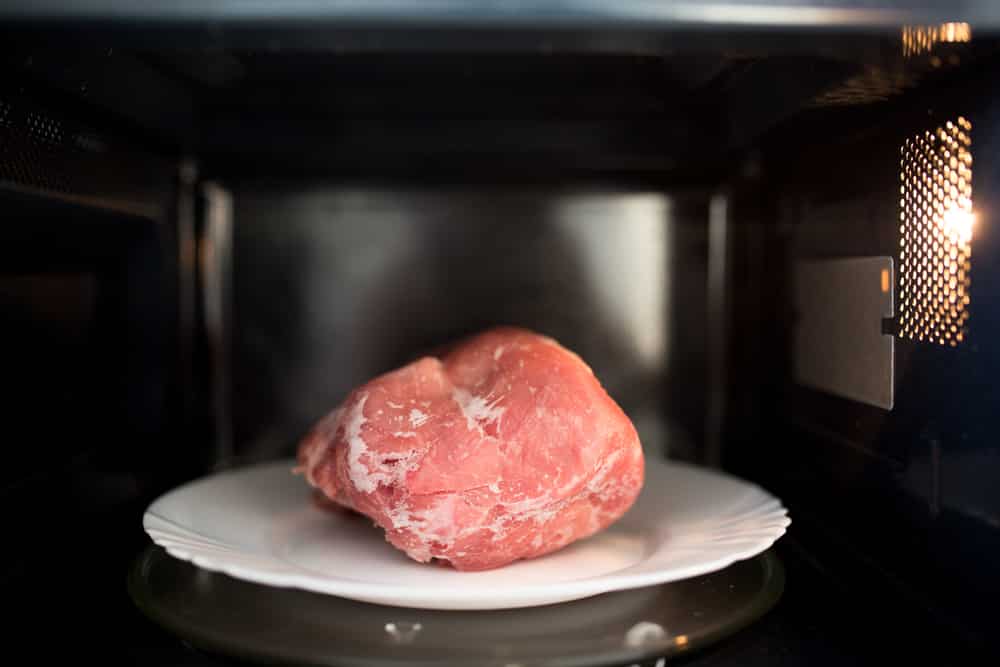
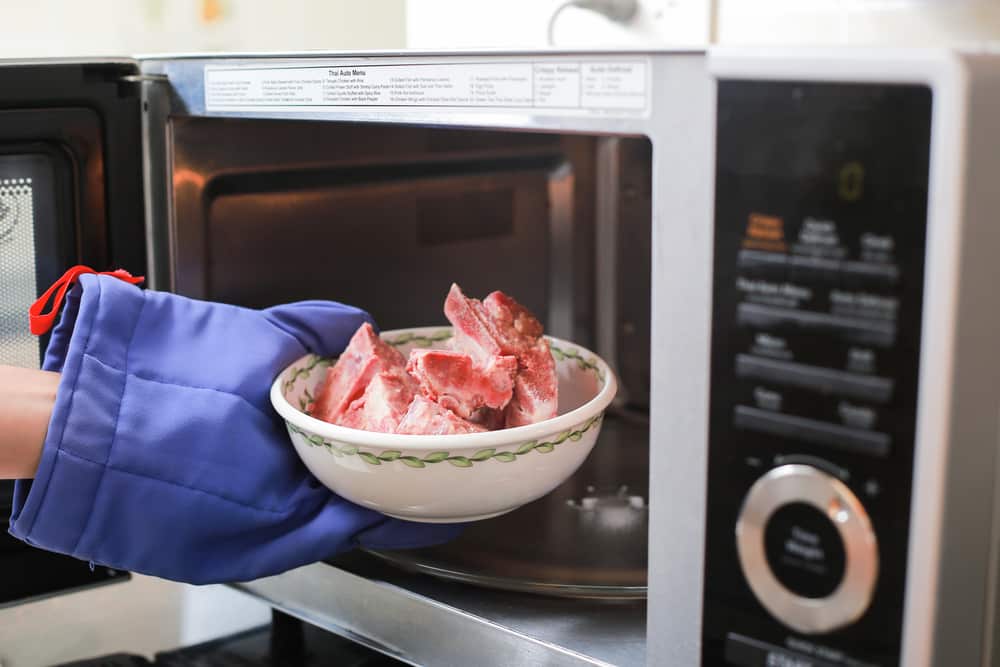
What is the best way to thaw a frozen turkey? It takes a long time to thaw a turkey in the refrigerator sometimes days.